
One of the dangers to ocean coastlines is due to loss of seagrass meadows. This results in a loss of fish and marine life habitat, a decrease in food supply and eliminates some of the ocean’s carbon storage, among other problems that lead to global warming. Polluted water kills seagrass and loss of seagrass leads to lousy water quality. Then there’s the trenches ripped by grounded boats and propellers in a patchwork of scars. How can we stop the destruction of this key and fragile ecosytem?
Repair, Restore and Relocate
Similar to land grass, these flowering aquatic plants grow in shallow, sheltered coastlines and are home to fish, macro-algae, mollusks, and other underwater life forms. Called “ecosystem engineers,” they act to slow currents and storm surges, trap sediment, prevent erosion, and sequester carbon.
Seagrass is also a big link in the food chain for green turtles, manatees, geese, sea urchins, and crabs, as well as hundreds of fish. While loss of coral reefs gets most of the attention, critical seagrasses are also in decline, with sixty species worldwide threatened by several sources, including pollution from chemicals, mechanical destruction and overfishing–all human causes.
Restoration of these “blue forests and blue carbon sinks” can combat climate change effectively and prevent sea level rise. “Blue Carbon: The Role of Healthy Oceans in Binding Carbon,” produced by UN agencies and scientists, reports that these vegetative habitats are efficient carbon sinks, covering less than 1 percent of the seabed yet store a comparable amount of carbon per year.
The Bio Science journal describes the current crisis and the Ocean Foundation’s solutions, such as recovering this vegetation through the Restor-A-Scar program. Saving seagrass meadows also involves reducing pollution and creating marine protected areas. Repairing the thousands of square miles involves hand planting and transplanting to refurbish damaged beds.
Over the last fifteen years, Seagrass Recovery, based in Florida, hash been preserving seagrass. With 150 projects around the world, its tools repair and restore seagrass and balance to marine eco-systems with quick methods, showing results in 12-18 months, depending on the species. New techniques like the Giga Unit Transplant System (GUTS) machine prove more effective than hand-transplanting methods in large areas. Sediment tubes, approved by the NOAA and Florida Department of Fish and Wildlife Conservation Commission, stabilize trenches to heal and expand habitats. Teaming up with institutions, it is accepting volunteers to assist with shorelines in the Florida Keys’ seagrass recovery efforts.



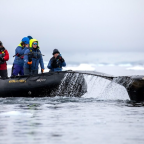
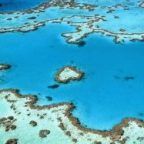
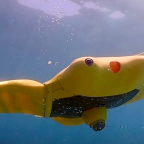
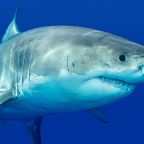
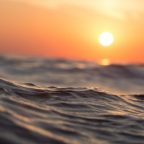
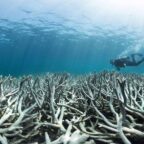
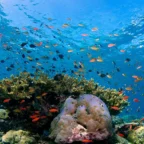


Social Profiles